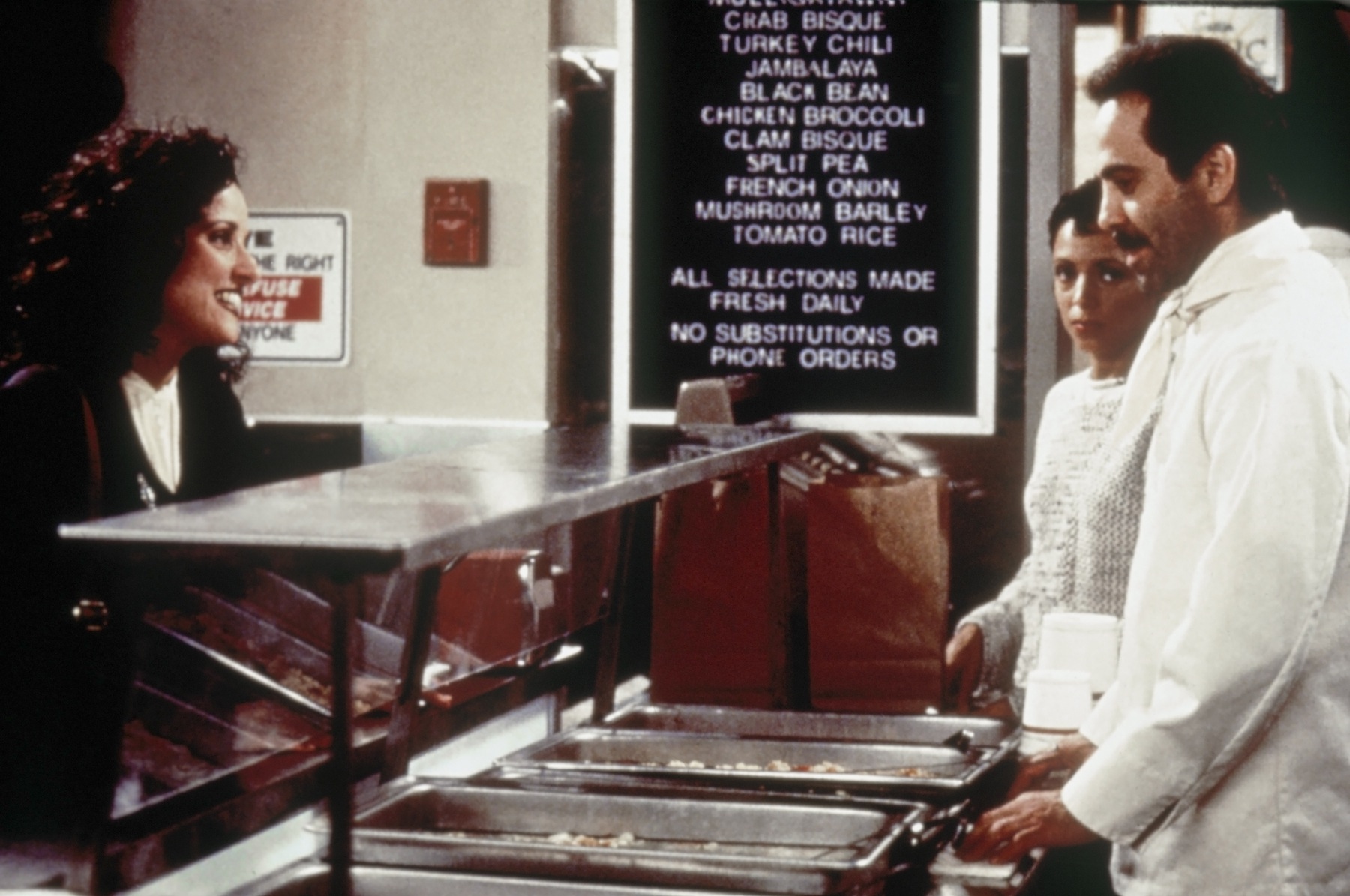
Twenty-five years ago, on July 5, 1989, the first episode of Seinfeld aired. It got good enough ratings to give birth to a behemoth that ran for nine seasons. On that fateful summer day, about half of today’s millennials — the generation commonly seen as covering people born in the ’80s and ’90s, and sometimes the first years of the ’00s — weren’t born; the rest were probably too young to get the jokes, which were about things like whether a cup of coffee was really decaf and the awkwardness of not knowing whether a house guest was looking for a romantic weekend or just a cheap place to stay in New York City.
But by the time the show went off the air, it was a huge hit with younger viewers. A 1995 Ad Age article stressed that Seinfeld was good at reaching a young audience, and the show maintained its strength with the 18–49 demographic through its finale. A Pew survey timed with the 1998 finale found that 62% of high-schoolers surveyed (and 46% of those younger than high-school age) had watched the show; the figure for those aged 18–29 was a full 81%.
However, as this auspicious anniversary approaches, a surprising phenomenon has emerged. There is a Seinfeld generation gap, or so suggests an informal, statistically insignificant but highly persuasive survey of TIME’s millennial staffers. For some in their mid- to late 20s, Seinfeld had seeped into their brains despite being too young to have seen the original broadcast. But several of those born in the early ’90s confessed to never having seen the show or, even if they had seen it, not watching enough to get any reference.
“I know that it’s ‘a show about nothing,’ but that’s all I know,” said one 22-year-old. “I miss all the Seinfeld references.”
“I’ve never seen it, so I don’t get any references,” concurred his 23-year-old colleague, with a sad-face emoji.
Obviously there are a million things that could explain this situation: the tiny, skewed sample size; differences in senses of humor; a preference for Friends. But the thing about Seinfeld — one reason the 25th anniversary is particularly worth noting, and why it matters that the generation gap exists — is that Seinfeld succeeded at being more than just something you watch. It’s also a hotbed of cultural references. These poor people–my own peers, I shudder to think–have been hopelessly lost during a lifetime’s worth of conversations, not understanding why they won’t get any soup or why it’s noteworthy that pretzels make you thirsty or the problem with talking close, high or low.
A quarter of a century later, Seinfeld references remain fresh. In the last day alone, the phrase “not that there’s anything wrong with that” has appeared, Seinfeld-free, in a Wall Street Journal piece about Harvard Business School, a Gothamist story about a restaurant relocating and a gossip-y report on The Stir about Kylie Jenner. The phrase shows no signs of going anywhere soon — nor does “master of my domain,” or Festivus.
So consider this a call to arms — or, rather, a call to reruns. Seinfeld has been renewed for a fifth cycle of syndication, which means it’ll be on TV through 2017, and it’s available online too. Non-Seinfeld-watchers of the world, watch. You have nothing to kibosh but your ignorance and, well, yada yada yada.
More Must-Reads from TIME
- Cybersecurity Experts Are Sounding the Alarm on DOGE
- Meet the 2025 Women of the Year
- The Harsh Truth About Disability Inclusion
- Why Do More Young Adults Have Cancer?
- Colman Domingo Leads With Radical Love
- How to Get Better at Doing Things Alone
- Michelle Zauner Stares Down the Darkness
Write to Lily Rothman at lily.rothman@time.com